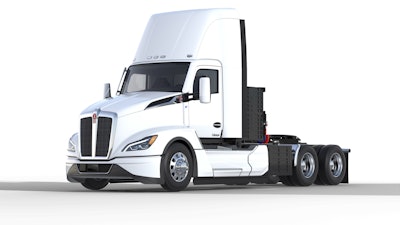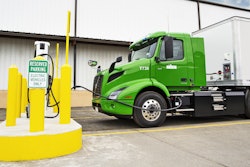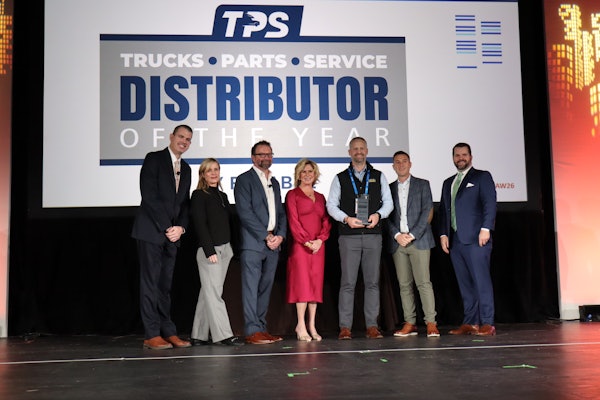
Wireless Advanced Vehicle Electrification (WAVE), a subsidiary of Ideanomics and a developer of high-power inductive charging solutions for medium- and heavy-duty vehicles, announced its participation in a U.S. Department of Energy (DOE) electrified powertrain project to develop the 1-megawatt wireless charging system for Class 8 electric trucks.
The primary recipient of the cooperative agreement is Kenworth, who will collaborate with WAVE and Utah State University on system design. The project calls for WAVE systems at each end of a 400-mile regional haul route between Portland, Ore., and Seattle, Wash. Each charging station will deliver 1-megawatt of power from roadway-embedded charging pads, stationed at designated facilities in Seattle and Portland, to a specially equipped Kenworth T680 next-generation battery EV, enabling the vehicle to exceed its standard 150-mile range and complete the 400-mile route. At 1-megawatt, the system aims to charge the T680 batteries in 30 minutes or less. By comparison, a 250kW charger (equivalent to a high-power passenger vehicle charger today) would take over 1.5 hours.
“Fully-automated charging simplifies the electrification process,” says Kenworth General Manager and Paccar Vice President Kevin Baney. “The technology we’re developing with WAVE and Utah State will foster important advancements that extend Class 8 battery-electric vehicle range and reduce recharge times, enabling the T680 Next-Gen Battery EV to compete with the range of diesel models.”
WAVE was selected for the project because of its demonstrated commercial success in delivering high-power wireless charging solutions for medium- and heavy-duty vehicles. As an example, the Antelope Valley Transit Authority in northern Los Angeles County, who recently placed a $2.2 million order, operates the largest battery-electric bus fleet in the U.S., powered by 12 WAVE wireless chargers over 100 square route miles.
“At the megawatt power levels required by Class 8 EVs, there are significant advantages to eliminating mechanical movement and human contact associated with current charging technologies,” says WAVE Chief Technology Officer Michael Masquelier. “The work we are doing with Kenworth and Utah State University will help enable fleet operators to extend the range of heavy-duty EVs, making the industry’s zero-emission goals more attainable.”
The fully automated, hands-free WAVE system charges vehicles during scheduled stops, eliminating battery range limitations and enables fleets to achieve driving ranges that match that of internal combustion engines. Wireless charging systems offer several compelling benefits over plug-in-based charging systems, including reduced maintenance, improved health and safety and expedited energy connection. Furthermore, wireless in-route charging enables greater route lengths with smaller batteries while also maintaining battery life, according to an announcement.










